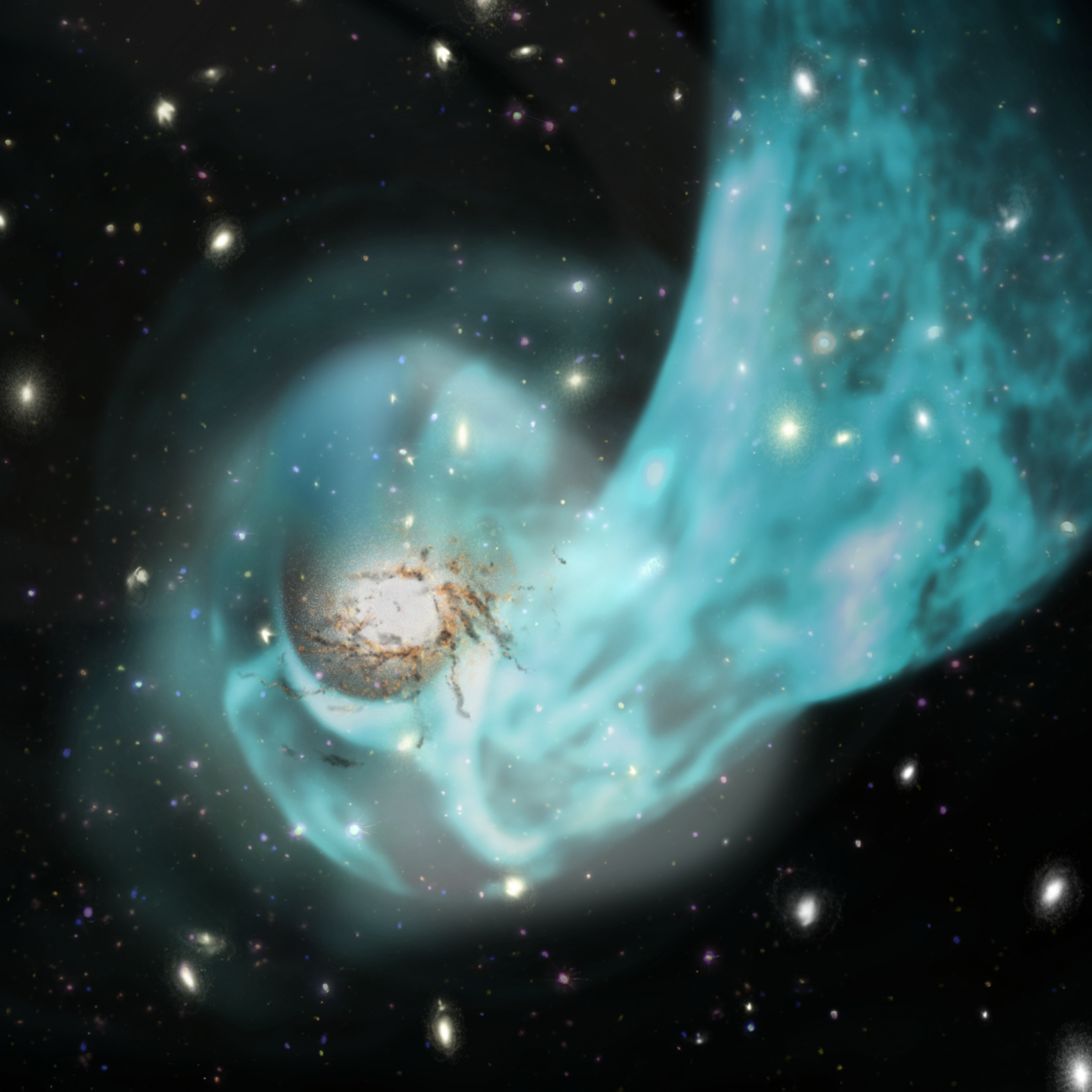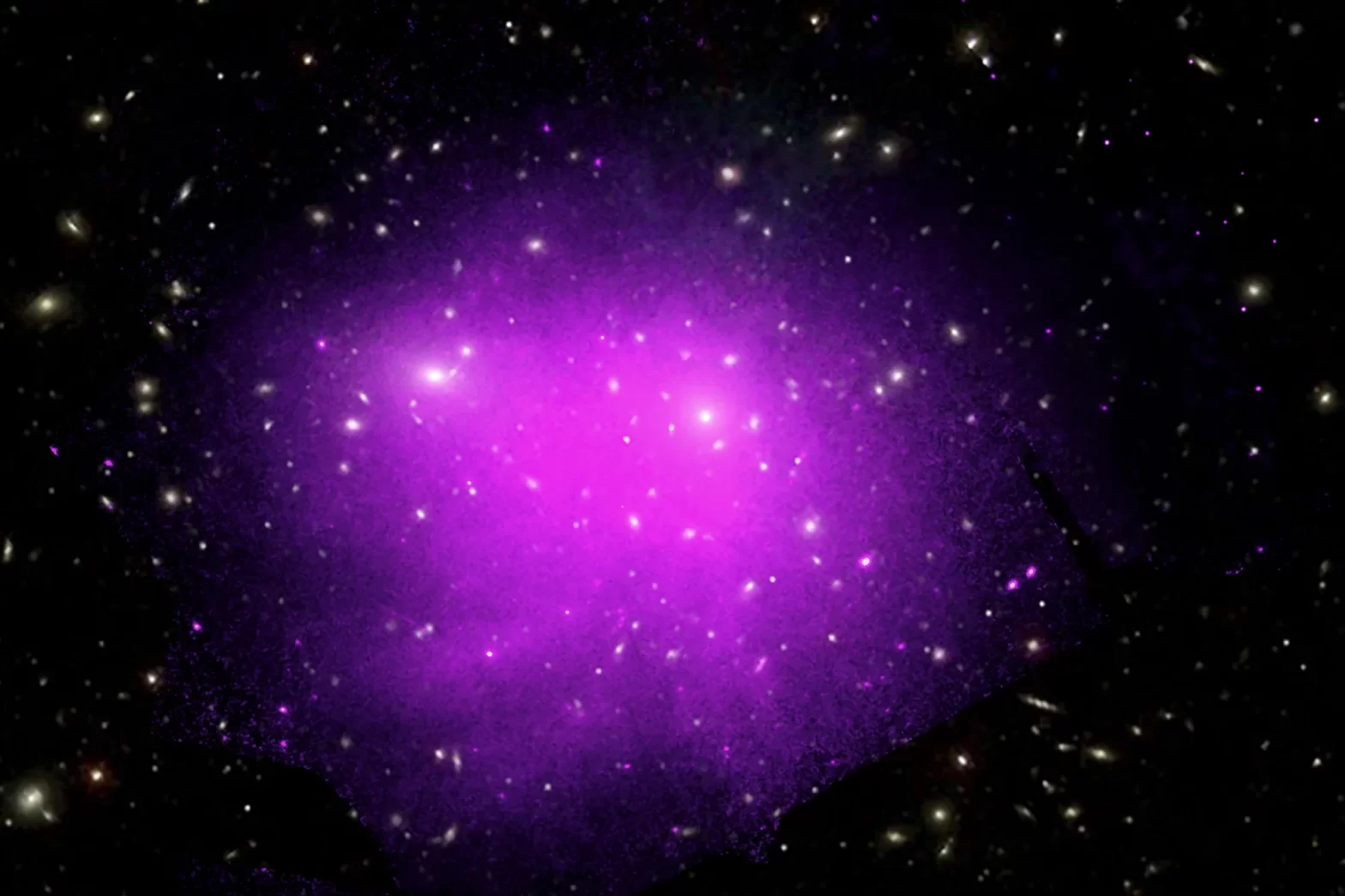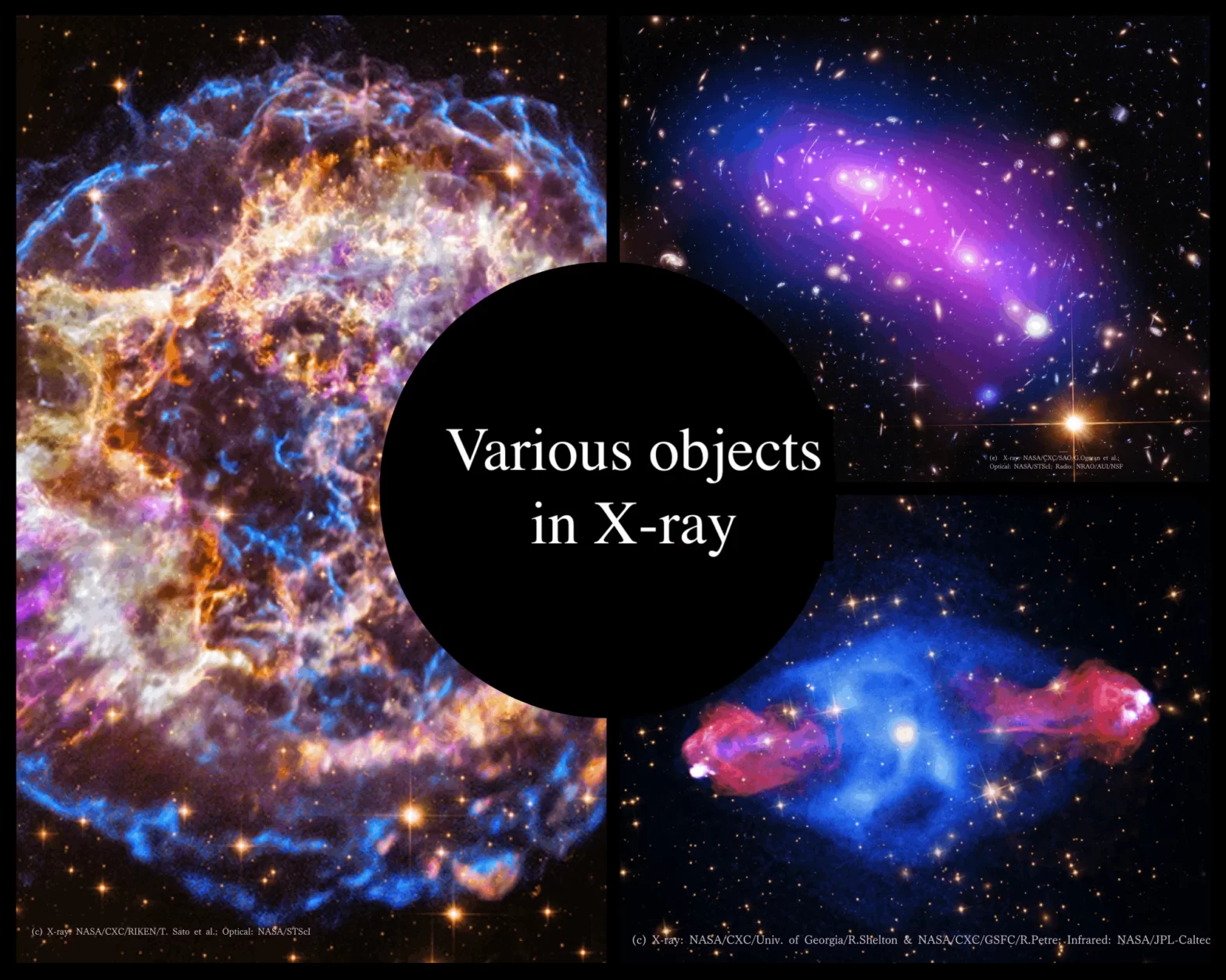A celestial body from which not even light can escape due to its enormous gravity: a black hole. Black holes were originally a theoretical product derived from Einstein’s general theory of relativity. However, recent observations have ensured that they really exist in our universe.
In 2017, the giant global radio interferometer Event Horizon Telescope succeeded in directly imaging the shadow of a supermassive black hole [1].
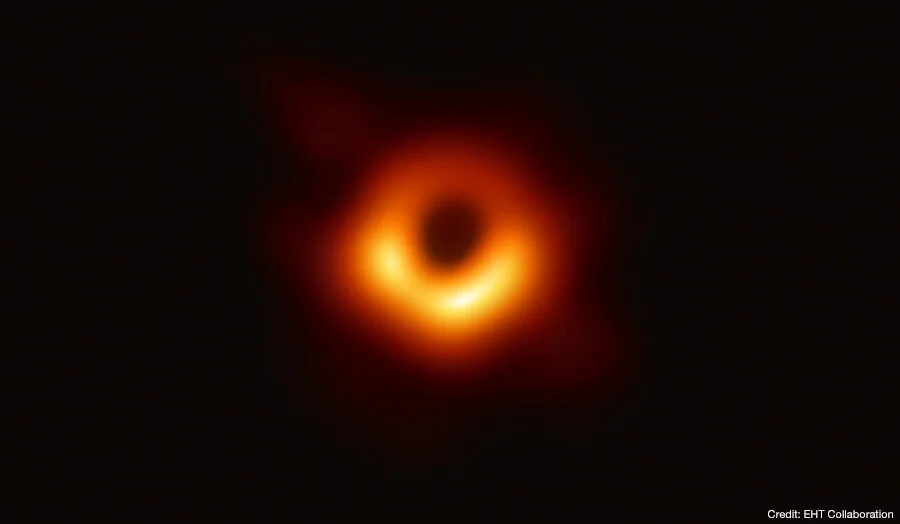
In 2019, the gravitational wave observatories Advanced-LIGO and Advanced-Virgo also observed the creation of intermediate-mass black holes, which are more than 100 times the mass of the Sun, by merging black holes [2].
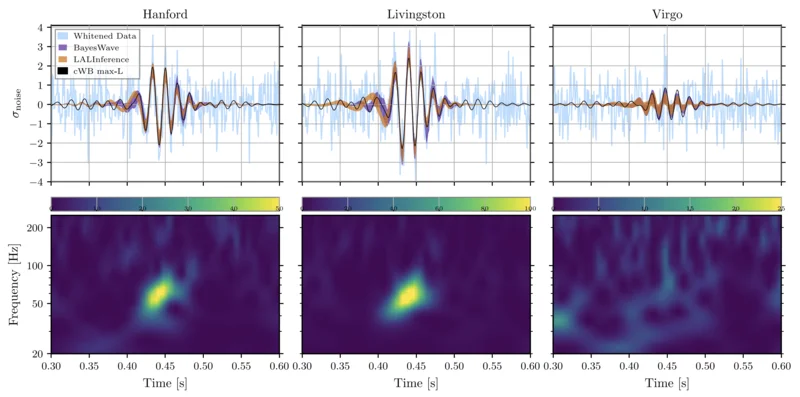
In fact, about 50 years earlier, in the 1970s, the existence of black holes was indirectly indicated by observations of X-rays and other electromagnetic waves.
Black holes, how do you find them?
A black hole drifting alone in empty space does not emit electromagnetic waves. A lone black hole cannot be detected or observed using electromagnetic waves, visible light, radio waves, and X-rays.
On the other hand, some black holes are surrounded by gas and inhale that gas. In such cases, the gas shines brightly before falling into the black hole.
If the gas has angular momentum (momentum to rotate) to the black hole, the gas does not fall in a straight line toward the black hole. Instead, the gas falls in a spiral. The gas disk created in this process is called an “accretion disk” (Figure 1).
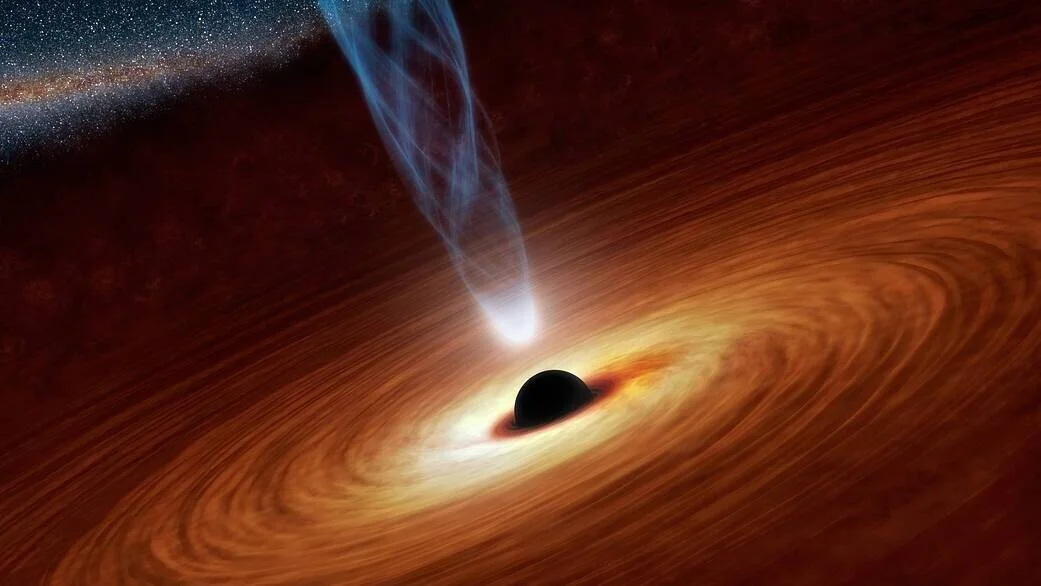
In the vicinity of a black hole, the accretion disk is heated to a temperature of more than 10 million Kelvin due to friction between gases and emits intense X-rays. By observing these X-rays, we can study the state and motion of the gas in the strong gravitational field near the black hole. Through these observations, we can also obtain information about the properties of the black hole itself.
Black holes discovered so far are classified into the following three categories.
- Stellar-mass black hole: A black hole several to several dozen times the mass of the Sun created by a supernova explosion of a very massive star.
- Supermassive black holes: Black holes located at the center of each galaxy have masses of more than one million Solar masses.
- Intermediate-mass black hole: a black hole with a mass between 1 and 2.
In this article, I will introduce the activity of stellar-mass black holes with accretion disks, called “black hole X-ray binary stars.”
Black Hole X-ray Binary Stars
A black hole X-ray binary is a celestial object in which an ordinary star like the Sun and a black hole orbit close to each other.
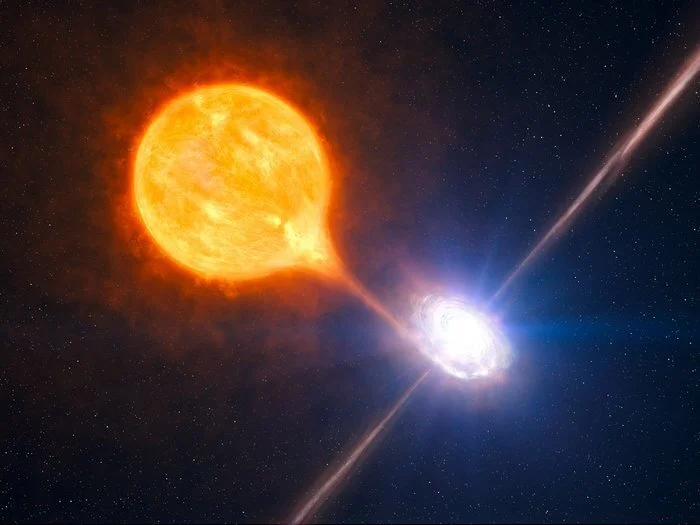
As shown in Figure 2, gas from the other star gradually falls into the black hole, forming an accretion disk around the black hole. Most objects found so far are usually very faint, but once every few years to a few decades, they can become 10,000 times brighter in X-rays in just a week.
At this time, gas from the accretion disk falls into the black hole, and gas is also ejected at high speed. There are two main types of gas jet streams: a narrow “jet” almost perpendicular to the accretion disk and a “disk wind” that spurts out along the accretion disk.
Jet emanating from near the center of a black hole
The speed of the jet can exceed 90% of the speed of light (about 300,000 km/s). It is observed mainly by radio waves, but in exceptional cases, it can also be observed by X-rays.
We can see emission lines emitted by jets, and the components of the jets that are emitted toward and away from us are shifted to higher and lower energies, respectively, than their original energies due to the Doppler effect. We have used XRISM to observe these emission lines in detail,
- How is the gas ejected at the base of the jet narrowed down?
- What elements are contained in the jet? What is their proportion?
The mechanism of the jetting is a mystery – Disk Wind
Another gas jet, the disk wind, erupts along the accretion disk at speeds of several hundred to a thousand km/s (Figure 4).
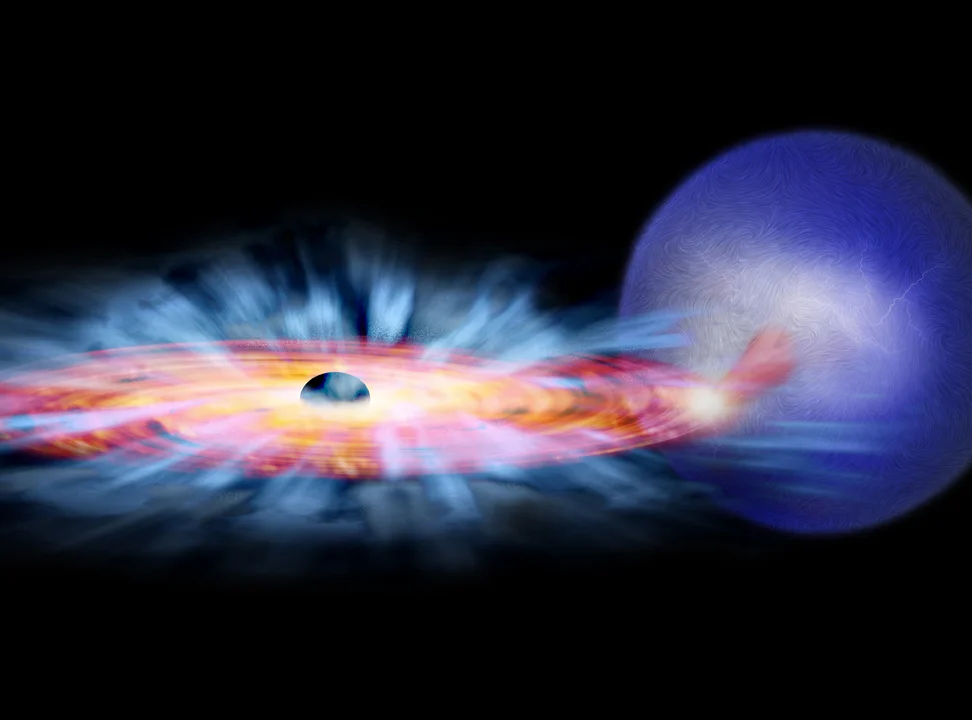
Disk winds are observed as absorption lines of X-rays that are slightly shifted toward higher energy than they originally were due to the absorption of some of the X-rays from the vicinity of the black hole by the gas that is being ejected toward us, mainly from the accretion disk from the direction of the rim.
The mechanism by which the disk wind erupts is still poorly understood. There are theories that the accretion disk wind is driven by the magnetic field of the accretion disk (magnetic field-driven theory), that the accretion disk wind is driven by the pressure of radiation emitted by the accretion disk (radiation pressure-driven theory), or that the gas in the outer part of the accretion disk (away from the black hole) is heated by X-rays emitted from the vicinity of the black hole, which increases its kinetic energy and causes the accretion disk to blow out. The accretion disk is heated by X-rays emitted from the vicinity of the black hole, which increases the kinetic energy of the gas and causes it to erupt (thermal drive).
We hope that XRISM observations will reveal the actual mechanism of the eruption since each hypothesis has different predicted gas eruption speeds and locations where the disk wind is generated. A detailed study of the absorption line structure should be able to distinguish between the three hypotheses.
Using the measurement results, we are also trying to estimate the amount of gas and energy that is dispersed into the surroundings by the disk wind and to determine the effect of the black hole’s activity on the surroundings and the amount of gas that is ultimately absorbed by the black hole (the speed at which the black hole grows fat).
The observation target to investigate the mechanism of the disk wind eruption is a black hole X-ray binary. Although absorption lines originating from the disk wind can be seen in active galactic nuclei, they are generally much brighter in black hole X-ray binary stars, which are more convenient for studying the detailed structure of absorption lines.
However, to detect gas outflows from a black hole X-ray binary with XRISM, we must observe it when it becomes brighter in X-rays. However, it is challenging to predict when exactly which objects will brighten.
Therefore, it is necessary to monitor the entire sky and quickly detect increases in the brightness of black hole X-ray binary stars to make XRISM observations. MAXI, an all-sky X-ray monitoring instrument attached to the Japanese Experiment Module “Kibo” on the International Space Station, and the Swift satellite in the United States are the instruments that can play such a role, and we are considering observations in collaboration with these instruments.
Closing
A black hole is not a monster that swallows everything around it. Sometimes gas is ejected at a very high speed from the periphery of a black hole, scattering enormous amounts of matter and energy into the surrounding area.
Moreover, when a supermassive black hole causes such activity, it significantly impacts galaxies’ and clusters’ structural formation. This effect is said to have played an essential role in the universe’s evolution to what it is today.
We plan to post another article about the structure of “active galactic nuclei,” in which supermassive black holes engulf gas and shine brightly as the gas erupts. The relationship between supermassive black holes and the growth of galaxies.
[1] “First M87 Event Horizon Telescope Results. I. The Shadow of the Supermassive Black Hole”, Event Horizon Telescope Collaboration, The Astrophysical Journal Letters, 875, L1 (2019)
[2] “GW190521: A Binary Black Hole Merger with a Total Mass of 150 M⊙”, Abbott et al., Physical Review Letters, 125, 101102 (2020)
Author: Megumi Shidatsu
(This article was translated from Japanese.)


